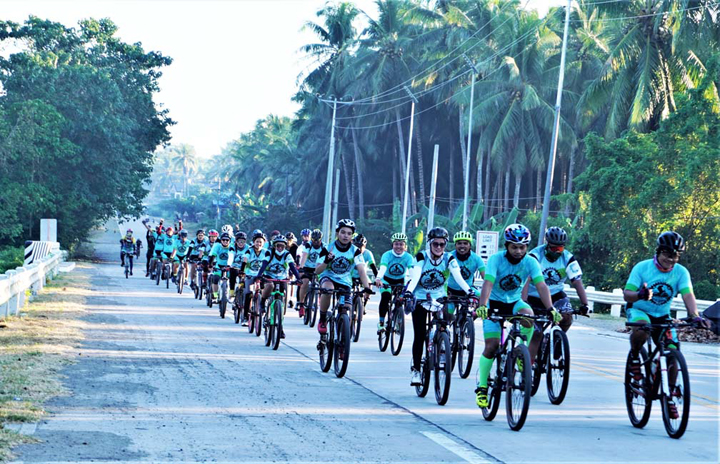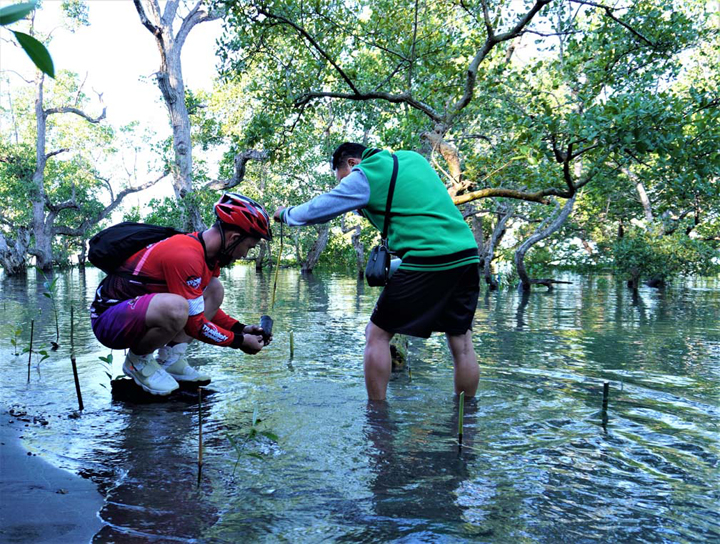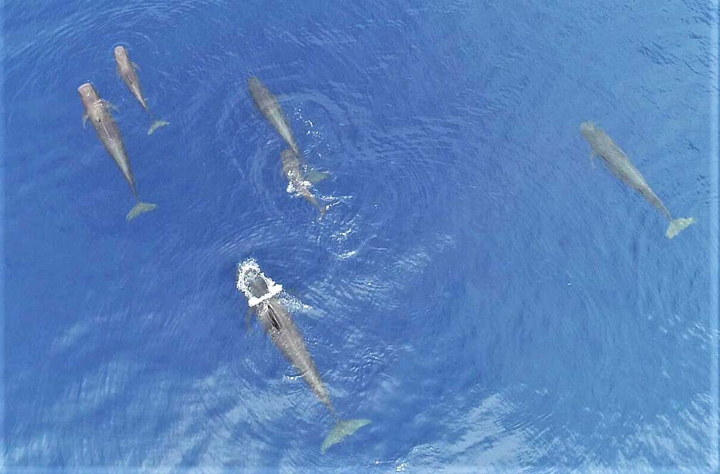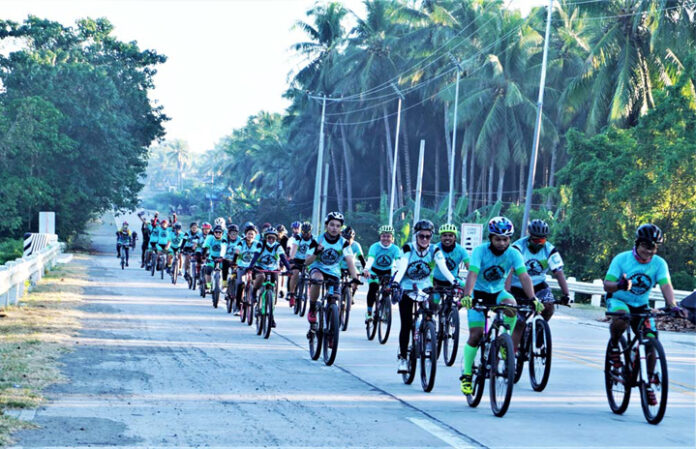To beach bums, this body of water is the “Boracay of Mindanao” no less with its sun, sea and sand almost whole year round. Host to the country’s biggest beach party held every summer, it was among Asia’s Top 50 Beaches in 2018 in the prestigious Australia-based Flight Network.
Embraced by General Santos City and six coastal municipalities of Sarangani, its 230-km coastline is a hive of watersports, family recreation, scuba diving, and fishing, among others.

But for those who look beneath its powdery sand, quite literally, Sarangani Bay is one of the archipelago’s richest yet one of the lesser-known seas, whose wonders are more than meets the eyes. This month, it is marking the silver year of its declaration as a Protected Seascape because of its remarkable marine biodiversity.
The 25-year journey began on March 5, 1996 when then-President Fidel Ramos signed Presidential Proclamation 756 to protect the bay’s aquatic resources.
The 215,950-hectare bay was subsequently listed by the Department of Environment and Natural Resources as a Key Marine Biodiversity Area because of its coral resources covering 2,293 hectares, 60 important live hard coral genera, 411 reef species, and 11 species of seagrass.

It is also a rich fishing ground, being the breeding ground of arguably the tastiest tuna which has tickled the world’s palate and has catapulted General Santos City to being the globe’s “tuna capital.”
Various species of dolphins, killer whales, dwarf and pygmy sperm whales have been spotted by the DENR’s periodic monitoring in recent years, attesting to the health of the bay. Last year’s lockdown which drastically limited human activity in the bay has also greatly contributed to the growth of animal life, which can be seen both at the surface and under water.
To mark the 25th anniversary of the Sarangani Bay Protected Seascape, more than 500 bikers rode from General Santos City and planted various species of mangrove propagules in mangrove forests in the coastal towns of Alabel, Malapatan and Glan.
Dubbed Bike and Plant Activity, the 60-km ride pedaled through the alluring countryside of Sarangani to raise public awareness on the need to protect and conserve the bay’s ecosystem.

The town of Glan takes pride in being home to several white-sand shores and scenic coves, particularly the mile-long Gumasa Beach which lure sun worshipers and food trippers from all over the south. It is also the site of the Sarangani Bay (SarBay) Festival, a three-day extravaganza which fuses wellness, sports, entertainment, and wraps up with environmental awareness activities such as underwater cleanups, mangrove planting, and release of fish fingerlings, on top of the round-the-clock cleanup for the duration of the event.
But because of the prevailing health crisis, beach lovers will be missing the sought-after beach party for the second straight year. Guests can frolic in the bay and frolic in its crystalline water, though, under health and safety measures prescribed by the municipal government.
According to Sarangani Governor Steve Solon, the biodiversity-rich bay abounds in various species of fish, corals, mangroves, seagrasses, and marine mammals, and there’s a need to safeguard it in the next 25 years and beyond.

As vice chairperson of the SBPS Board, he has pledged the support of the provincial government to the initiatives to ensure the bay’s sustainability.
A licensed open water diver, he has also worked for the Department of Tourism’s declaration of the bay as the scuba diving capital of the Soccsksargen region to boost its emerging dive tourism sector.
The Maasim and Kiamba sections of the bay boast of some of the under-the-radar dive spots with their amazing assemblage of coraline and aquatic life.
While celebratory events have been low-key due to the obtaining pandemic, the message of nurturing the marine resource was never diluted among the stakeholders who consider the bay their source of livelihood, sustenance, and collective pride as communities.
To conclude the celebration, the 68 barangays along the protected seascape held a simultaneous coastal cleanup to rid the shores of solid wastes that will find their way to the sea.
With its lush life under the sea, the enchanting shores on the surface, and colorful cultural communities in between, Sarangani Bay is the proverbial “pound-for-pound” champion among archipelago’s bodies of water.
Read full article on BusinessMirror

